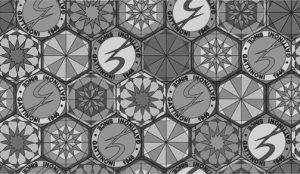GATTINONI’S “TEODOSIA” DESIGN: THE COURT OF NAPLES GRANTS PROTECTION
10/08/2023
LGV Avvocati assisted Phoenix 1946, owner of the trademark and design portfolio of the well-known fashion house GATTINONI, in a dispute concerning the infringement of the “Teodosia” design by competitors Pierre Cardin and Genovese Pelletterie.
The case arose following the sale by Genovese Pelletterie of products (bags, backpacks, wallets) bearing a design similar to GATTINONI’s “Teodosia” design – already registered as a European Union design. After addressing to the Court of Naples, Phoenix first obtained a judicial description pursuant to Article 129 of the Italian Industrial Property Code and, by order of 8 August 2023, against which a complaint proceedings may be lodged within the terms of the law, also received authorisation to seize the products bearing the registered design. Specifically, the Neapolitan court held that there was infringement pursuant to Article 41 of the Italian Industrial Property Code, since the general impression created by the patterns on Pierre Cardin leather goods – distributed in Italy by Genovese Pelletterie – can be considered as equivalent, in an informed consumer, to that produced by the same products with the GATTINONI brand.
Considering therefore that both the likelihood of success (fumus boni iuris) – since there is a correspondence between the registered design “Teodosia” and the designs used by Genovese Pelletterie – and the danger in delay (periculum in mora) were present, the Parthenopean Section upheld the measure rendered inaudita altera parte, and prohibited Genovese Pelletterie and Pierre Cardin from manufacturing, importing, exporting, distributing, offering for sale, marketing and advertising products bearing the design owned by Phoenix 1946, with the additional provision for a penalty payment.


